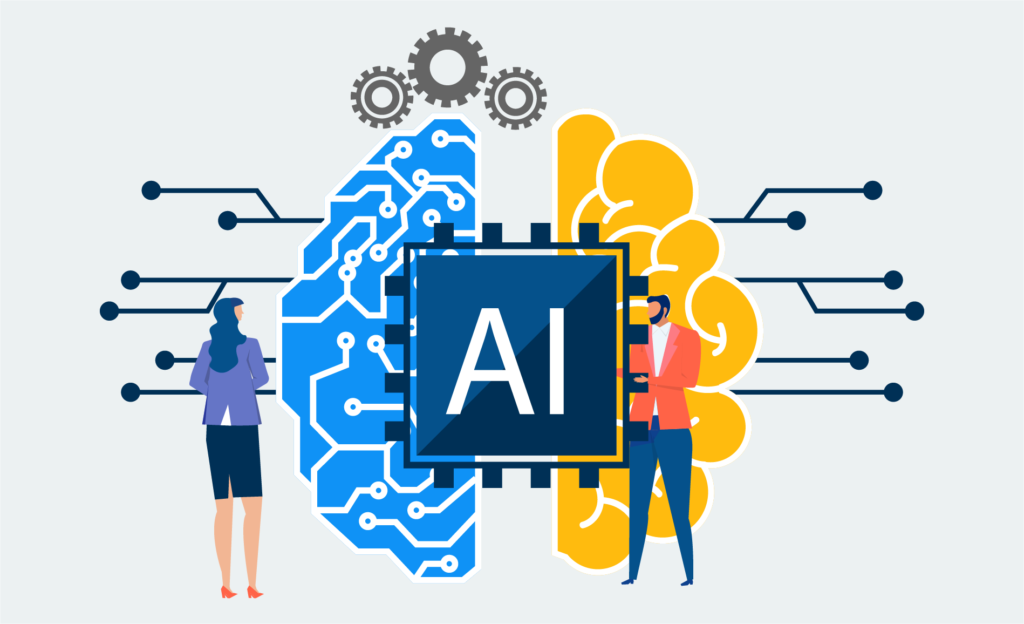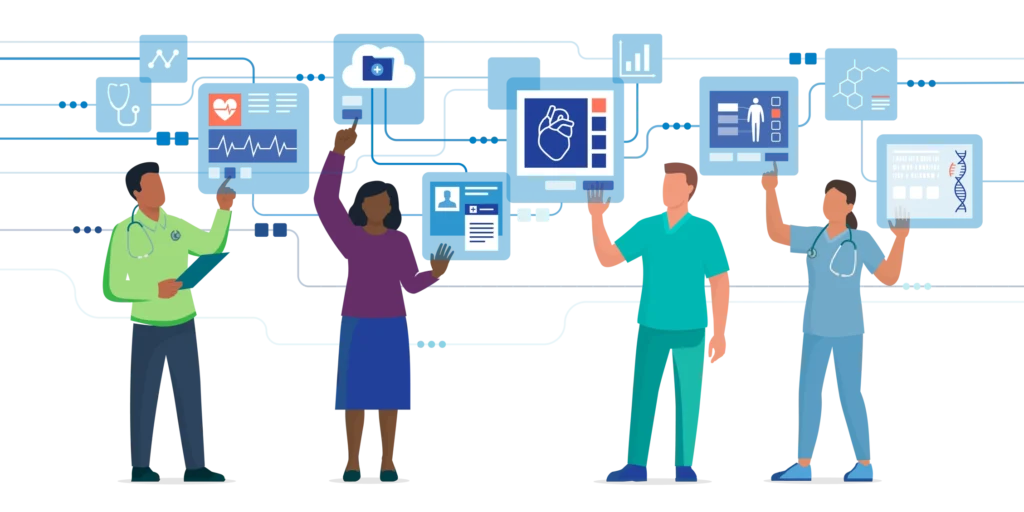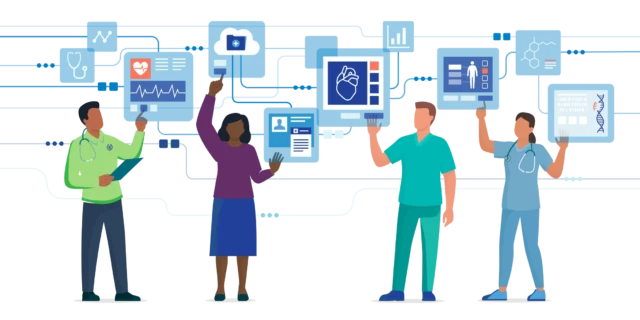Artificial intelligence (AI) has arrived at academia’s doorstep with both promise and peril. From classrooms in Edo State where students seem to compress two years of learning into just six weeks, to Nigerian universities debating integrity, equity, and relevance—our reflections on this technological shift must be candid and forward-looking. This feature, titled “On AI, We Reap What We Sow,” invites educators, students, policymakers, and concerned citizens to ponder the harvest we stand to reap, depending on how we plant, tend, and steward this new era in higher education.
Table of Contents

The Harvest of Promise: Smart Tutors and Lifelong Learning Allies
In Edo State, a World Bank-supported pilot introduced generative systems such as ChatGPT as digital tutors in after-school English classes. The results were nothing short of remarkable. Over a period of just six weeks, students recorded learning gains equivalent to 1.5–2 years of English proficiency. Statistically, the improvements—measured around 0.24 standard deviations in English, and 0.3 overall—surpassed 80% of global education interventions in rigorously studied contexts.
Even more impressive was how the improvements spread beyond the immediate task. Pupils who used these tools performed better on wider curriculum tests, while female learners—who initially trailed behind—showed sharper gains. The programme suggested that well-designed digital support can bridge gender gaps in classrooms that often struggle with equity.
These local successes echo global debates. Northeastern University President Joseph E. Aoun has argued that higher-education must adopt a “lifelong learning” framework—preparing graduates not only with subject mastery but with adaptability and human-centred literacies. In his words, the rise of machine intelligence cannot be stopped, and institutions that fail to adjust risk sliding into irrelevance.
Together, these stories point toward an education landscape transformed by personalised tutoring, enhanced student engagement, and a shift away from knowledge memorisation towards humanics—the fusion of data literacy, technological competence, and human creativity required for lifelong resilience.
The Fields of Doubt: Risks, Ethics, and the Uneasy Transition
Yet alongside the bright harvest lies a tangle of thorny questions: ethics, integrity, and unequal access.
In Nigeria, many lecturers worry that unregulated use of generative systems—especially for essays and assessments—may weaken critical thinking, originality, and even teacher relevance. Without training and strong institutional policies, there’s a risk of widening the gap between well-resourced urban universities and rural ones still struggling with power supply or internet access.
Infrastructure remains a major barrier. While the government’s draft National Strategy on Artificial Intelligence (2024) outlines lofty ambitions, its implementation in higher education has been slow. The establishment of the National Centre for AI and Robotics (NCAIR) and a free academy for civil servants and youth are positive steps, but many classrooms still lack trained instructors or reliable technology.
Globally, the conversation is just as unsettled. Some educators argue that saying “students have always cheated” is now dangerously out of touch, because machine intelligence enables misconduct at unprecedented scale and subtlety. Others take a longer historical view, comparing today’s anxieties with the arrival of calculators or word processors, once feared but eventually integrated. From this angle, the challenge is not to panic, but to adapt thoughtfully and back decisions with solid research.
What becomes clear is that the future of higher education is not predetermined. We truly reap what we sow—if systems are planted carelessly, the outcome may be decay; but if cultivated responsibly, this digital revolution could enrich teaching and learning beyond anything seen before.

Sowing Responsibly: A Roadmap for Ethical, Inclusive Transformation
How do we make sure this new harvest strengthens rather than weakens our higher-education system? Experts point to five core practices:
- Embed Integrity and Ethics from the Ground Up
Universities must develop policies that recognise the reality of machine intelligence while promoting honesty and creativity. One approach frames three options:- Revert: return to oral exams or supervised tests;
- Outrun: design assignments that predictive systems cannot easily handle;
- Embrace: allow students to use digital tutors as first drafts, then require critical improvement.
Faculty-driven governance models also recommend collaborative checklists that help lecturers adopt tools responsibly and transparently.
- Invest in Infrastructure and Training
Teacher professional development is critical. Without educators skilled in both pedagogy and technology, classrooms risk falling behind. Expanding connectivity, hardware, and technical support in rural campuses should be a national priority. - Use Technology for Equity, Not Exclusion
The Edo pilot demonstrated that smart tutors can accelerate progress for girls and other underperforming groups. Scaling similar programmes while keeping inclusion at the centre could help Nigeria reduce long-standing gender and regional disparities. - Cultivate Human-Centred Literacies
Knowledge alone is no longer enough. Students must develop creativity, ethical reasoning, and adaptability. By teaching humanics—the mix of data, technology, and human insight—universities can equip graduates for an unpredictable future. - Encourage Rigorous Research and Feedback Loops
Every new classroom intervention should be studied, measured, and documented. By sharing results openly—both successes and failures—educators can learn faster and avoid repeating mistakes.
Taken together, these practices create a roadmap where machine intelligence enhances rather than undermines education.

Conclusion: The Future Depends on Our Tilling
“On AI, We Reap What We Sow” is not just a clever phrase—it is a sober reminder. The higher-education landscape of the next decade will be shaped by the seeds we choose to plant today.
If we till carefully, nurturing integrity, inclusion, and lifelong learning, the harvest could be extraordinary: engaged students, resilient graduates, and societies better equipped for global challenges. But if we sow recklessly, neglecting ethics or leaving rural learners behind, we risk fields overrun with weeds—inauthentic work, academic stagnation, and deeper inequality.
Nigeria and the world stand at a turning point. This is not a question of stopping technology—it is already here. The real question is whether we, as educators and citizens, will sow wisely enough to reap a harvest worth celebrating. The time to prepare the soil is now, for the future of our students depends on it.
Join Our Social Media Channels:
WhatsApp: NaijaEyes
Facebook: NaijaEyes
Twitter: NaijaEyes
Instagram: NaijaEyes
TikTok: NaijaEyes





